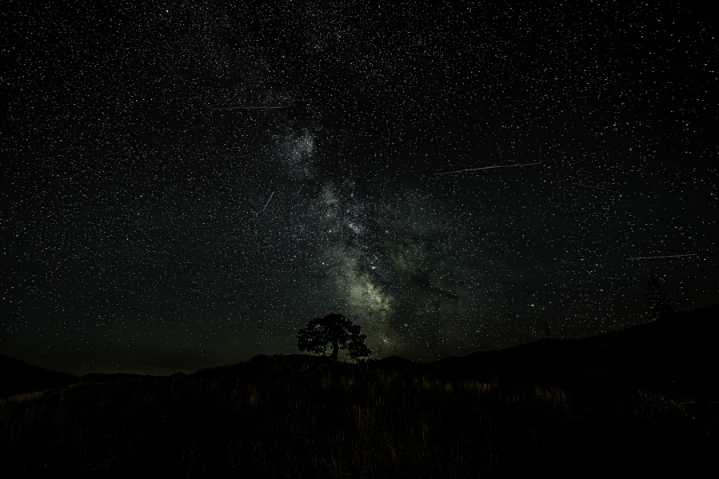Summer’s best party may be winding down on the ground — at the Clark County Fair, of course — but a party is just getting started in the sky.
The Perseid meteor shower is one of the brightest of the year, according to Jim Todd, space science education director at the Oregon Museum of Science and Industry, and it’s also pleasingly consistent. It always begins in mid-July and continues through August, peaking this year Saturday through Wednesday.
Why so reliable? Because the meteors that we see — if conditions are clear — raining down at night are from the debris field of a comet whose orbit around the sun crosses Earth’s orbit at the same time each year.
The Swift-Tuttle comet only passes this way every 133 years . The last time was in 1992. The next won’t be until 2126.
Meanwhile, h

 The Columbian Life
The Columbian Life

 New York Post
New York Post CBS News
CBS News Cover Media
Cover Media FOX 13 Tampa Bay Crime
FOX 13 Tampa Bay Crime People Human Interest
People Human Interest CNN Health
CNN Health The Georgia Sun
The Georgia Sun MPR News Politics
MPR News Politics